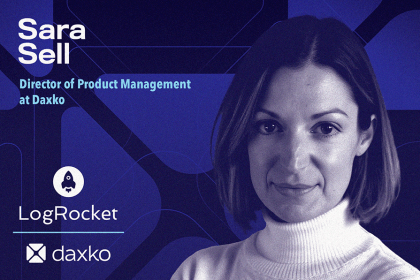
Understanding your margin of error and confidence intervals helps you make solid product decisions and avoid costly mistakes.

By implementing an effective PDM system, you can foster collaboration, improve decision-making, and accelerate your time-to-market.

Sara Sell, Director of Product Management at Daxko, shares how she developed skepticism and curiosity from her time in teaching and research.

A well-defined customer discovery process serves as the foundation for building products that customers truly want.